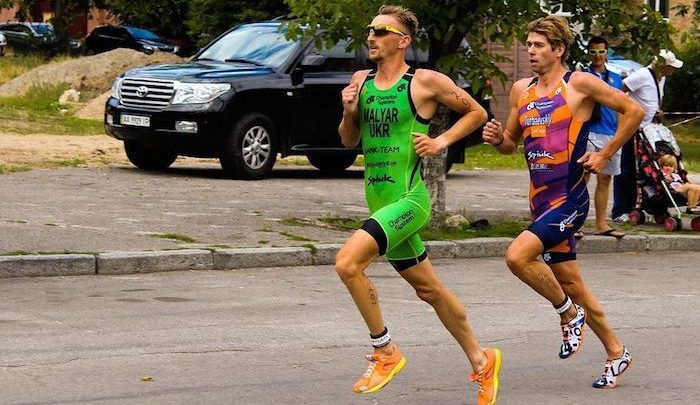Do you know how to breathe properly while running? Your diaphragm can tell me NO

Know breathe correctly and above all control it in the early stages of the exercise, it is essential for the subsequent development of the race and have better results in the competition.
Our collaborator Healthing, tells us in this article how it affects having a good breath in sports performance
Many of our triathletes perform very demanding workouts, combining a variety of exercises with the aim of achieving the highest sporting performance for the test they are going to perform.
This Pre-competition preparation is fundamental and necessary, but the question is this: do you diaphragmatic exercises to improve your performance ?, do you know control breathing while you run ?, Do you usually tire easily? etc.
Maybe you do not know, but we breathe an average of 5-7 times per minute, that's equivalent to about 21.000 times a day. To know breathe correctly and above all control it in the early stages of the exercise, it is essential for the subsequent development of the race and have better results in the competition.
In our body, 3 different types of breaths are carried out:
- La clavicular: Breathing occurs exclusively in the highest and narrowest area of the lungs. This type is related to moments of stress or in a dangerous situation, causing a strong activation of all the anterior muscles of the neck. At a general level it is the type of breathing from which we can obtain the least advantages.
- La thoracic or costal: The pulmonary expansion occurs in the middle zone, thanks to the intercostal muscle activation allowing the opening and closing of the ribs.
- La abdominal or diaphragmatic. It should be the most used and it is the one that provides the least caloric expenditure. The responsible muscle is the diaphragm that produces an expansion of the abdominal area.
THE "IDEAL" BREATH
It is important to emphasize that in our day to day, always we use the 3 types of breaths simultaneously, being able to modify and enhance some more than others, depending on the training, the physical state of the athlete and many other factors
For this reason, it is essential to perform breathing exercises to increase lung capacity and thus improve performance during sports practice. For example, yoga and hypopressive exercises are good exercises to be more aware of our breathing and have more control.
From our experience in the clinic and in the world of sports, we observed a lack of abdominal breathing, which is precisely what should be the most used, especially at the beginning of the exercise, in a more relaxed phase to provide adequate cellular oxygenation prior to physical exertion. As we have seen previously, the diaphragmatic muscle is responsible for this breathing and therefore must be elastic and flexible for proper functioning. From the physiotherapy, we can help to remove the tensions and fixations of this muscle, as well as to improve the costal mobility if necessary.
DURING PHYSICAL ACTIVITY
Before starting, it is important to emphasize that depending on the physical activity that is carried out, the form of breathing and the times may vary.
We advise at the beginning of the race, in a first warm-up phase, perform both inspirations like the expirations through the nose. It acts as a natural filter preventing the entry of organisms or other particles suspended in the environment, as well as heating the air especially in cold seasons.
When the intensity during the race increases, your body demands more oxygen caused by muscle activation, automatically changing to a much more thoracic, forced breathing and taking it through the mouth.
The ideal is to always maintain a good abdominal breathing rhythm, be consistent while running, that you feel comfortable and adapted to your body.
Where are we?
Healthing, Calle Serrano, 61. 4th floor.
Telephone: (+34) 91 426 29 24
Website: https://healthing.es
There are no previous results.




























